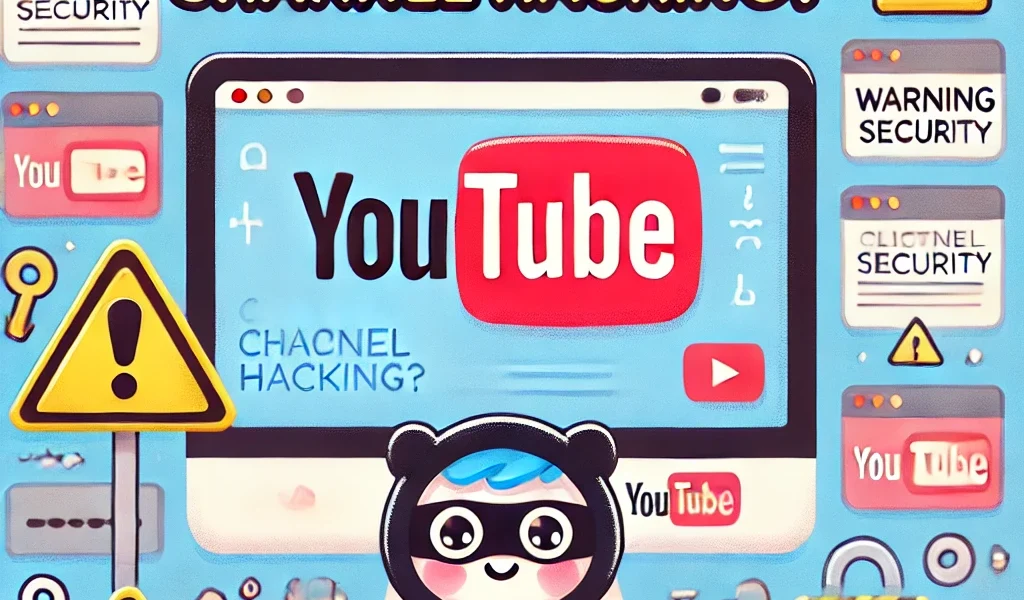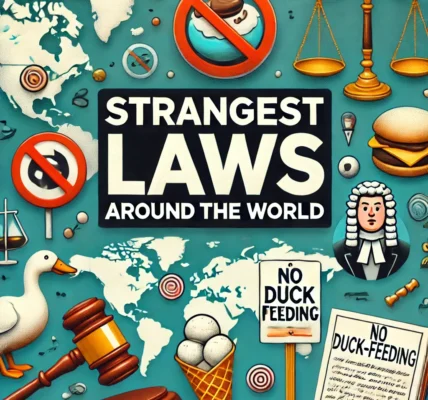Introduction
You might have seen instances where your favorite YouTuber suddenly starts promoting suspicious content, or their channel name is changed without warning. These are clear signs of a hacked YouTube channel. Despite YouTubers employing security measures, hacking incidents continue to occur. But why are YouTubers unable to prevent these hacks?

1. The False Sense of Security 🔐
Many people believe that as long as they have a strong password, they are safe from hackers. However, hacking techniques have evolved, and passwords alone are no longer sufficient. Even YouTubers who employ two-factor authentication (2FA) find themselves vulnerable. Hackers have found ways to bypass or compromise these additional security measures.
2. How Hackers Bypass Two-Factor Authentication 📱
Two-factor authentication is designed to provide an extra layer of security by requiring a code sent to your phone. However, even with 2FA enabled, YouTubers can still be hacked. Here’s how:
- SIM Swapping: Hackers impersonate the victim and convince mobile carriers to transfer their phone number to a new SIM card. Once they have control, they receive the 2FA codes and can access the YouTuber’s account.
- Phishing Scams: Hackers send fake emails that appear to be from YouTube, asking the YouTuber to verify their login details. The unsuspecting YouTuber inputs their information, allowing the hacker to access their account.
3. The Role of Phishing Emails 📨
Phishing emails are one of the most common methods used to hack YouTube channels. Here’s how it works:
- Hackers often impersonate official YouTube or Google emails, creating a sense of urgency. These emails may contain links that redirect YouTubers to a fake login page, where they unknowingly hand over their credentials.
- Another form of phishing involves enticing YouTubers with false sponsorship offers, directing them to download malicious files or visit scam websites.
Many YouTubers, especially those with business emails listed in their channel’s about section, are targeted by these phishing attempts.
4. Malware and Trojans: The Silent Threat 🛑
YouTubers who download unauthorized software or click on suspicious links risk installing malware or trojans on their computers. This allows hackers to gain access to sensitive information, including login credentials.
- Malicious Software Downloads: In some cases, YouTubers seeking free editing software or tools might accidentally download malware disguised as legitimate programs.
- Keyloggers: Once installed, these programs monitor and record every keystroke, capturing login credentials for YouTube and other accounts.
5. Cookie Theft and Session Hijacking 🍪
Another sneaky way hackers gain access to YouTube channels is through “cookie theft.” But what does this mean?
- Cookies: When you log into a website, cookies are created and stored on your device, keeping you logged in. Hackers can steal these cookies through phishing attacks or malware, enabling them to access your YouTube account without needing your password or 2FA.
- Session Hijacking: Once hackers have your cookies, they can hijack your active session, granting them full access to your channel as if they were the original user.
6. Protecting Your YouTube Channel: What Can YouTubers Do? 🛡️
Although no method is foolproof, there are steps YouTubers can take to reduce the risk of hacking:
- Enable 2FA with an Authenticator App: Avoid SMS-based 2FA and opt for an authenticator app like Google Authenticator, which is more secure.
- Be Cautious of Phishing Emails: Always double-check email addresses, URLs, and spelling errors in emails. Never click on suspicious links or download files from unknown sources.
- Use a Password Manager: Password managers generate and store complex passwords, making it harder for hackers to guess or crack them.
- Install Anti-Malware Software: Regularly scan your computer for malware and ensure your software is up to date.
- Avoid Unauthorized Software: Refrain from downloading cracked or unauthorized software, as these often contain malware.
Conclusion: Awareness Is Key
Hacking incidents can be devastating for YouTubers, often resulting in lost revenue, content, and followers. By staying vigilant and adopting cybersecurity best practices, YouTubers can significantly reduce their chances of falling victim to hacking. As hackers continue to evolve their methods, awareness and proactive measures remain the most effective defense.











